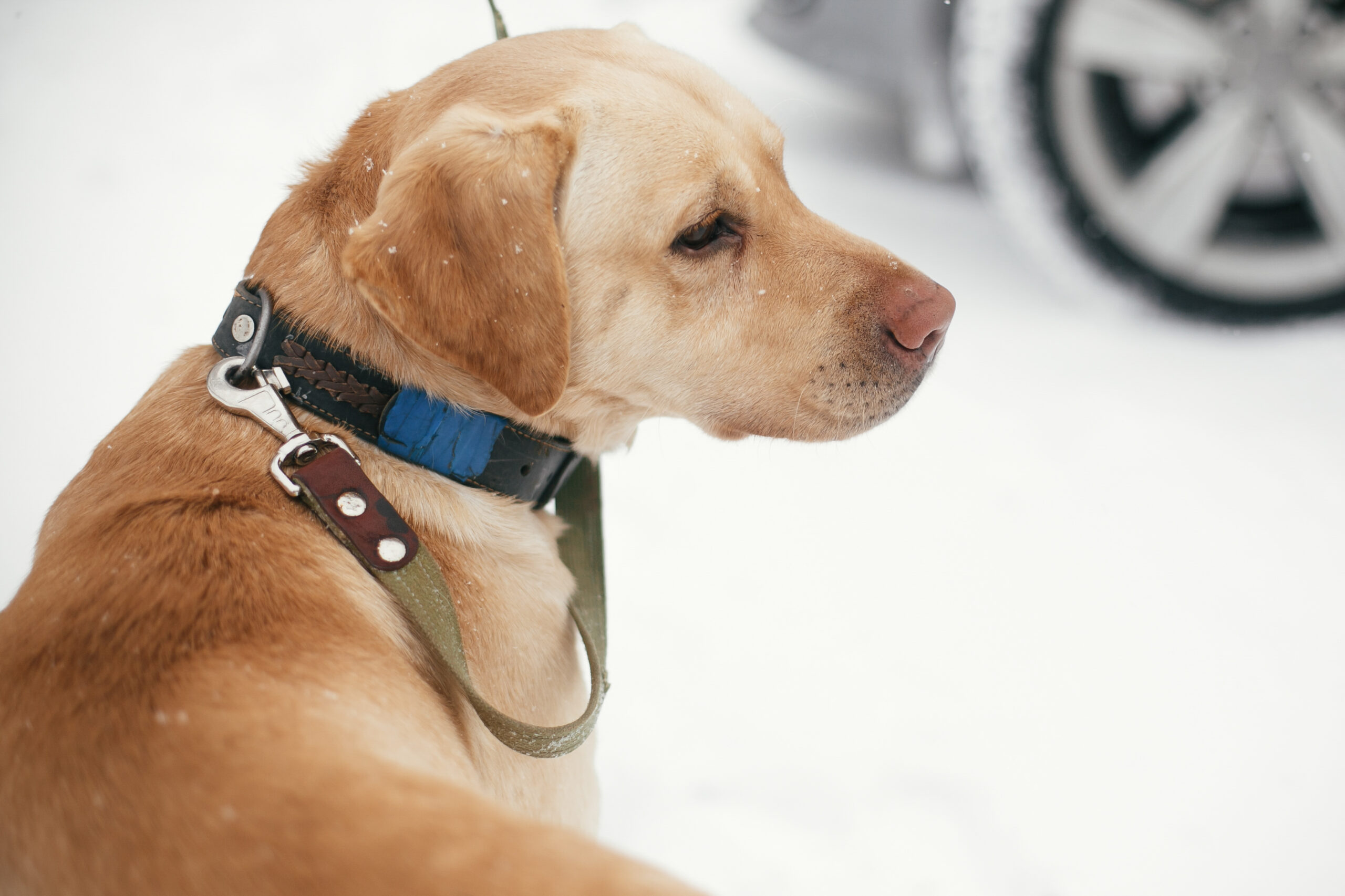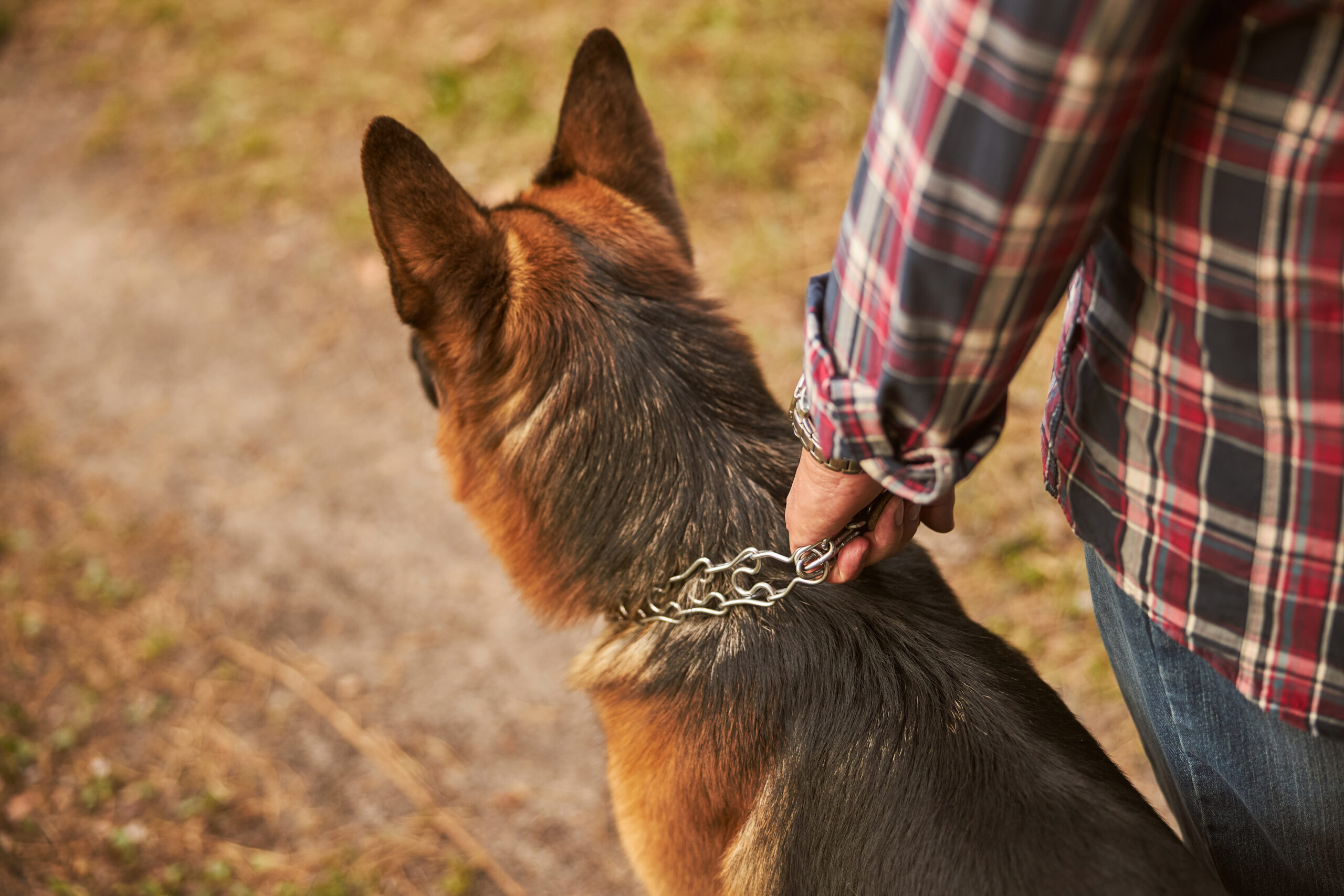
Are Electric Dog Training Collars Safe?
Training tools for dogs often spark debate, and few stir as much discussion as the e-collar. Some people see it
GET YOUR DOG COLLAR TODAY! FREE SHIPPING FOR A LIMITED TIME!

Many pet owners assume that small dogs don’t need as much training as larger breeds. Because they’re easy to pick up or control physically, people often overlook behavioral issues like excessive barking, jumping, or chewing. However, toy breeds can develop the same problems as bigger dogs and sometimes even more, due to their high energy and independent nature.
Another common concern is the use of remote collars for small dogs. Some believe they are too intense for toy breeds, but in reality, modern remote collars are designed with safety in mind. When used correctly, they offer a safe, effective way to reinforce commands and improve behavior.
If you’ve made up your mind to buy a dog training collar, here is some insight from Pet Sensor for using it with your toy breed.
Why Train Toy Breeds with a Remote Collar?
Despite their small stature, toy breeds can be just as mischievous and stubborn as larger dogs. Some common behavioral issues in small dogs include:
A remote collar provides a way to address these behaviors while ensuring clear communication between the dog and the owner. Additionally, it allows small dogs to enjoy the same off-leash freedom as larger breeds while maintaining safety and control. Every dog deserves the chance to explore confidently without putting themselves in danger.
Safety & Functionality of Remote Collars
Many people worry about whether a remote collar is safe for small dogs. However, modern remote collars are designed to deliver stimulation levels similar to a TENS unit used in physical therapy. This means they provide a mild sensation rather than a painful shock.
Proper fit is essential for safety and effectiveness. The collar should rest comfortably on the dog’s neck with the contact points touching the skin. If the collar is too loose, it won’t work correctly; if it’s too tight, it could cause discomfort. Finding the right balance ensures a positive training experience for both the dog and the owner.
Considerations for Toy Breeds
When using a remote collar for toy breeds, special considerations need to be made:
Training Approach for Small Dogs
While the principles of training remain the same for all dogs, toy breeds may require slight modifications in technique. Due to their size, handlers should use the lowest effective stimulation level and ensure that training sessions are positive and stress-free.
Successful training involves:
Contact us today for more about our Bluetooth dog training collar!
To buy our dog training collar or learn more about it, contact Pet Sensor online today and get started training your toy breed!

Training tools for dogs often spark debate, and few stir as much discussion as the e-collar. Some people see it

Training a stubborn dog can test even the most patient owner. Whether it’s a young dog ignoring boundaries within your